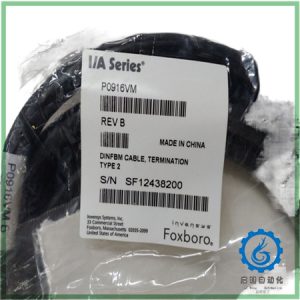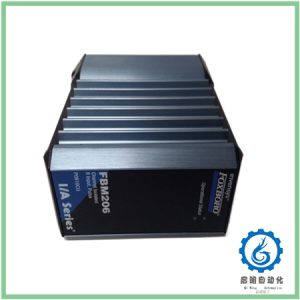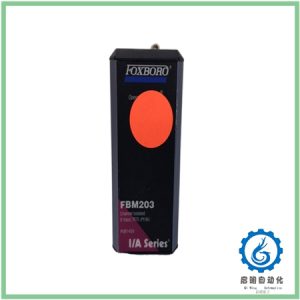CLSR-33-N2CE-1 累计数字向用户显示它在当前计数中的位置
¥4,488.00

Description
No matter how long it takes, as long as the timer instruction is valid, the CLSR-33-N2CE-1 enable bit is true. When the timer is performing a timing operation, the timer timing bit is true. When the timer count reaches its preset value, the Done bit becomes true. The preset is an input that allows the user to “set the duration of the timer” before completion. Finally, the cumulative number displays its position in the current count to the user.
Another noteworthy feature is the so-called time base. Time base refers to the unit in which the timer increments its count. CLSR-33-N2CE-1 is always counted in milliseconds in Studio 5000. There are no other options. Other programs may allow you to change the time base. In the productivity suite (through Automation Direct), you can choose milliseconds, seconds, minutes, or hours. In RSLogix500, you can choose a time base of 100 seconds, 10 seconds, or 1 second.
Each instruction we will discuss uses these bits in different ways to create different results, which you can use in your program.
CLSR-33-N2CE-1 shows the TON instruction in logic diagram 2. Because I used a normally closed (also known as Example If Open or XIO) instruction before it, the timer starts counting up every time it is not completed. When it continues counting until 5 seconds, the timer activates the completion bit. In the next scan of the program, as the timer is activated before it starts, the PLC will immediately shut down the timer, reset the timer, and trigger a brief pulse in the coiler system. On the next scan, the Done bit will close and the timer will start counting again to 5000. In other logic, timers can be activated by temperature sensors or buttons. Triggering and resetting are determined by the running mode of the program.
When the step is true, the TON instruction starts counting up, triggers the Done bit when it reaches the preset, and resets the count to zero when the step is false.


 宝贝型号:
宝贝型号:  原产国家:美国 法国 德国 爱沙尼亚 挪威 英国
原产国家:美国 法国 德国 爱沙尼亚 挪威 英国 交货货期:现货
交货货期:现货 产品状态:停产
产品状态:停产 售后服务:全新质保一年
售后服务:全新质保一年 产品名称:模块/控制器/伺服器
产品名称:模块/控制器/伺服器

 保修期:12个月/365天
保修期:12个月/365天 产品包装:卖家提供完备且安全保护包装
产品包装:卖家提供完备且安全保护包装 运费:根据当地货运代理的不同,应以不同地区的运费为准。
运费:根据当地货运代理的不同,应以不同地区的运费为准。 是否包含关税:不包含任何税费
是否包含关税:不包含任何税费 请联系我:13822101417 张工
请联系我:13822101417 张工 外贸官网:
外贸官网: 电子邮箱:sauldcsplc@gmail.com
电子邮箱:sauldcsplc@gmail.com Whatsapp: +86 13822101417
Whatsapp: +86 13822101417





Reviews
There are no reviews yet.